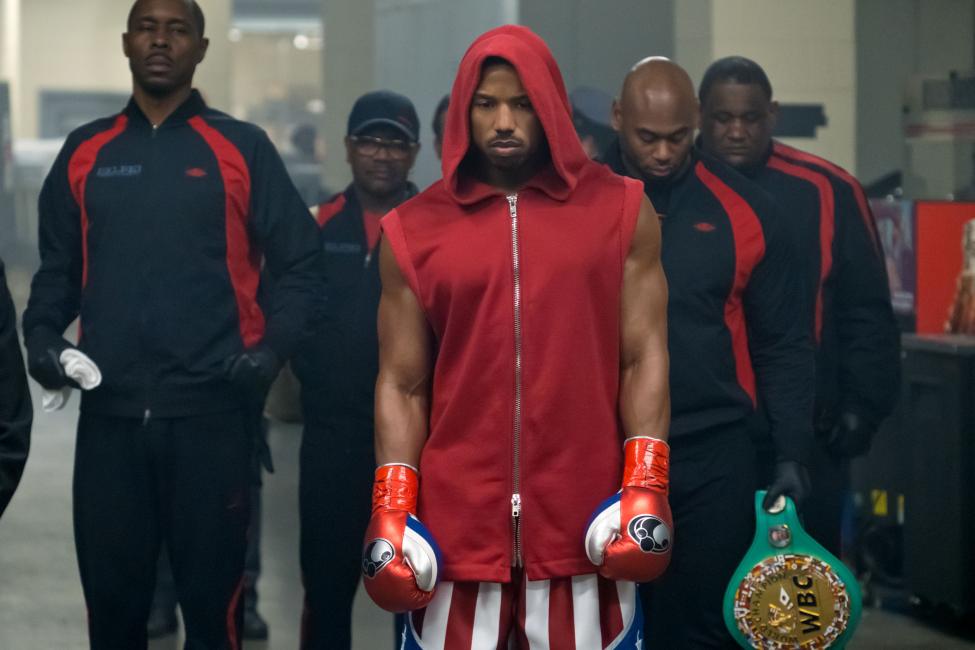
By Dr. Tomi Wahlström |
I wrote my dissertation over 20 years ago about the hero’s journey as a leadership model. This model was based on the 12 archetypes involved in the psychological growth of a true leader. It was based on the works of Carl Jung, Joseph Campbell, and Carol Pearson. I combined the knowledge of analytical psychology with the works of some well-known management and leadership scholars such as Peter Senge and Kevin Cashman, among many others. Now, decades later, I have found a new area of application for this model: Sports.
I have always been a movie fan. I particularly enjoy sports related movies. As a young boy and an amateur boxer in Finland, I remember being inspired by the Rocky movies. Rocky Balboa’s story is a classic hero’s journey. It is a journey of a young man from humble beginnings becoming a world champion, and transforming in the process. This same theme is repeated in many other sports themed movies from Rudy to Creed. The journey of a hero-athlete is essentially consistent with the monomyth, or the hero’s journey as it is popularly known. Monomyth is the common template of a broad category of stories that involve a hero going on a journey, and in a decisive crisis winning a victory, and then coming back changed or transformed. This journey involves three phases: Preparation, Journey, and Return. In analytical psychology, these are known as the levels of Ego, Soul, and Self. Each of them involves four archetypes that must be confronted and learned from. This archetypal development can be tested by using the Pearson-Marr Archetype Indicator (PMAI) available through the Center for Applications of Psychological Type. The Ego level archetypes prepare the hero for the journey. They are the Innocent, Orphan, Warrior, and Caregiver. They are the psychological themes and patterns that strengthen one’s ego for the journey into the depths of the soul. The Soul level archetypes are the Seeker, Lover, Destroyer, and Creator. The Soul level is needed to find one’s passion and purpose. Finally, the Self level archetypes are the Ruler, Magician, Sage, and Jester. These are the qualities that a true leader, or a transformed hero, must possess. That is, an ability to take charge and transform others. He or she must be able to change things into better and have wisdom. In addition, he or she must be able to have humor and laugh. A true leader is relaxed and able to bring light into the darkness by offering vision and better perspectives.
I must admit that I cannot wait to see the new Creed 2 movie and watch how Rocky Balboa coaches and trains Adonis Johnson through this hero’s journey. If the first Creed movie is any indication, Adonis is on his way to being transformed. Rocky has traveled his journey and has returned changed and ready to lead. He is the Ruler able to take charge, and the Magician to transform Adonis with the wisdom of the Sage. In the end, he is also a man who has to accept his own old age and be able to laugh at himself like the Jester.
Dr. Tomi Wahlström is Vice President of Academic Affairs at the United States Sports Academy.